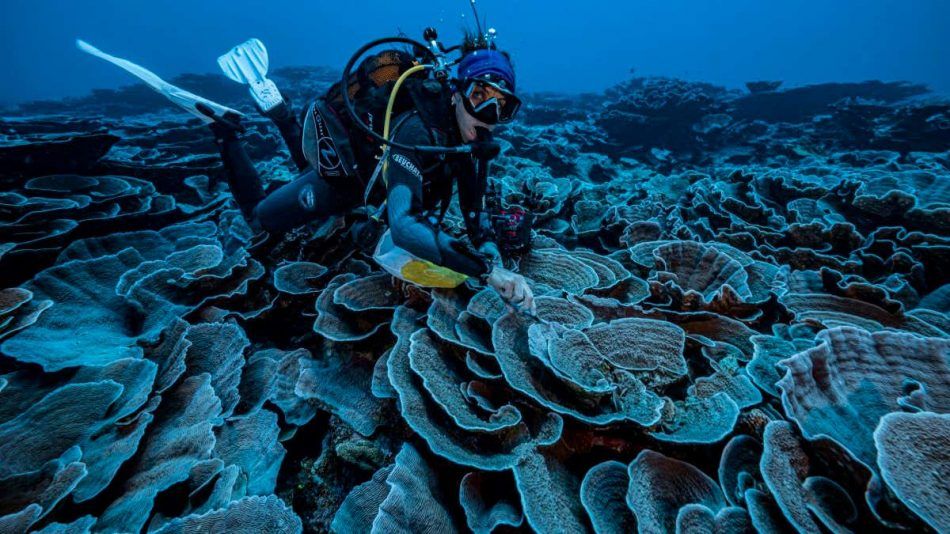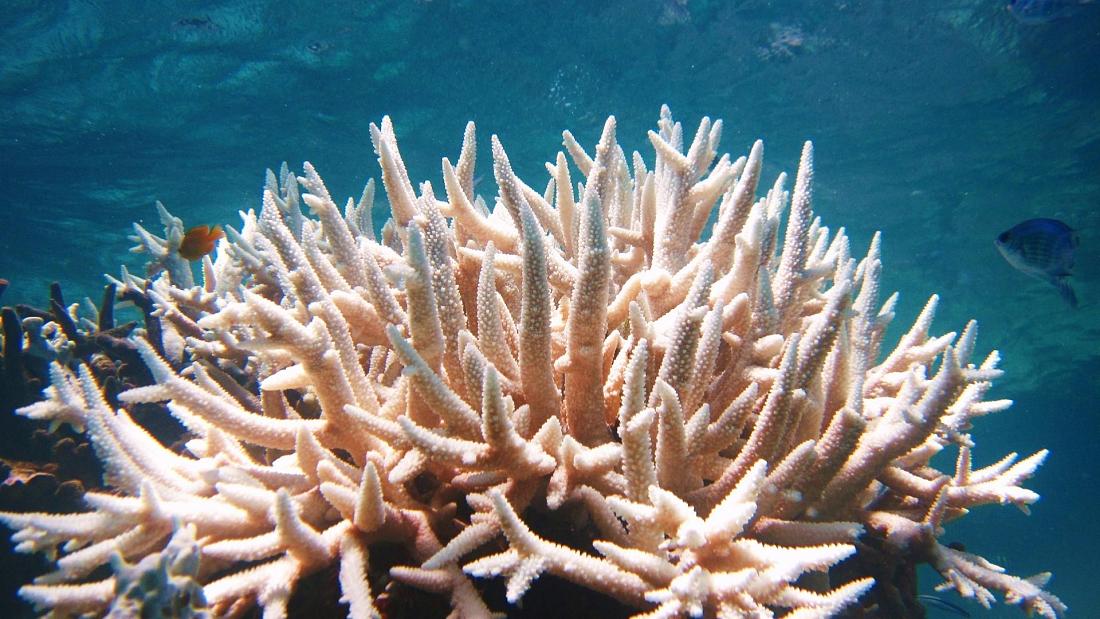
Laetitia Hédouin and her colleagues from France’s National Center for Scientific Research have found a stretch of corals in the South Pacific Ocean that have not been affected by climate change or human activity. At first, the team spotted the reef while on a diving expedition at a depth between 35 and 70 meters. Two species make up the reef. Porites rus dominate from 30 to 45 meters of depth, while at depths of 50 to 55 meters, the main species is Pachyseris speciosa.
“It looks like a giant rose garden going as far as the eye can see. It’s a very healthy reef, like a dream come true. In the middle of the biodiversity crisis, this is very good news,” says Julian Barbière at UNESCO’s Intergovernmental Oceanographic Commission to New Scientist.
Barbière tells New Scientist that this reef is also one of very few we have found at such depths, in what is known as the twilight zone of the ocean.
“There might be many more large reefs in our ocean at such depth that require more investigation,” he adds. “This could be one of the largest coral reefs at this depth as far as we know, but the fact is that we haven’ really looked for coral reefs at this depth.
Only 20 percent of the seafloor is mapped, and if more can be mapped at greater depths, researchers could better understand how to protect and take care of these essential ecosystems.
“Until now, we see reefs in two dimensions, and we rarely include the depth as a critical dimension,” Hédouin reveals. “[But it] is important for protection, management, and conservation targets.”






